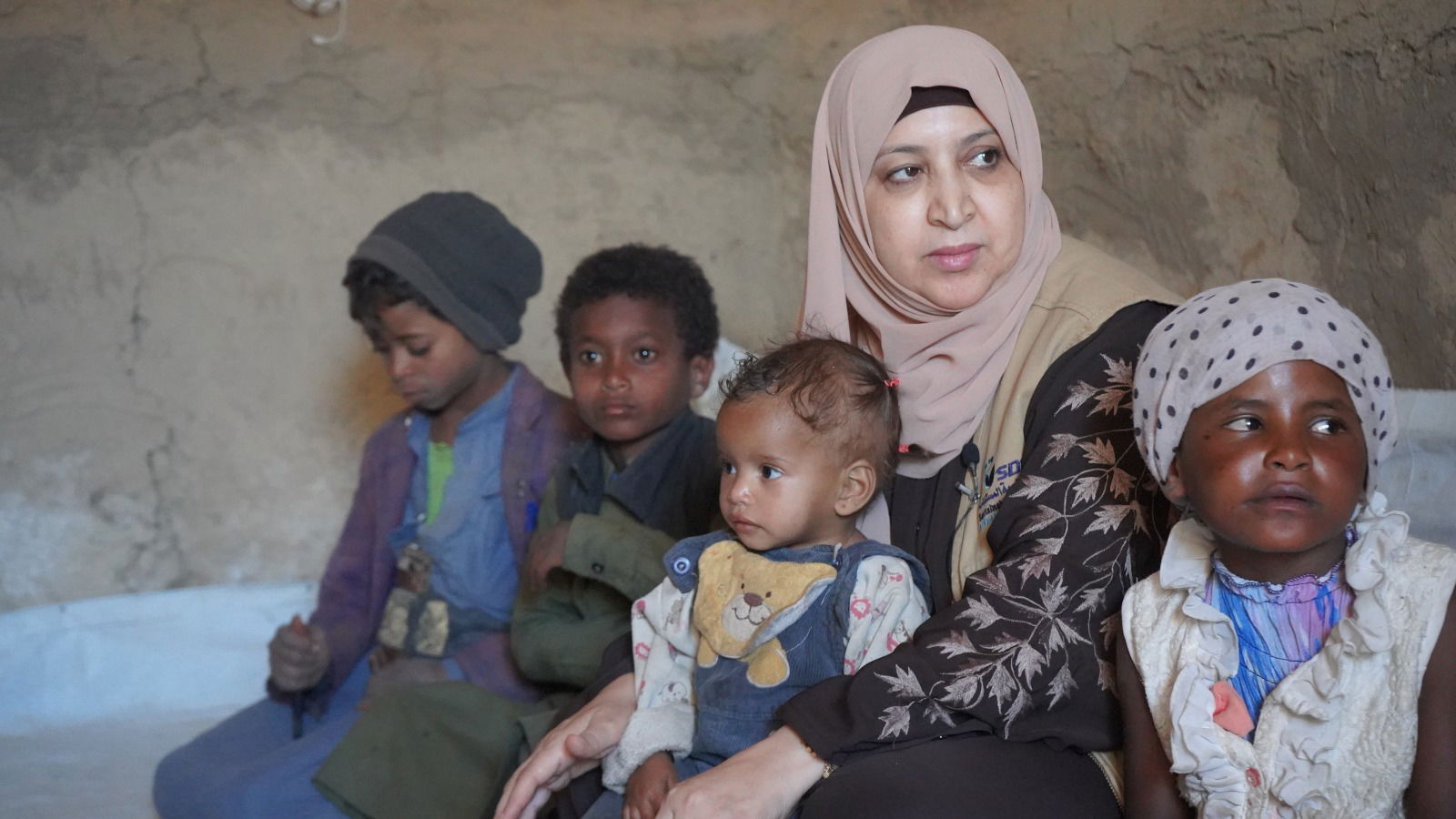Yemen crisis: How cuts to vital services are imperilling women

Caroline Sekyewa and Asia al-Mashraqi
Millions are at risk of gender-based violence amid funding constraints and the cancellation of aid programmes
Pushed to the brink
What emerged from conversations with a wide range of Yemeni women’s organisations was a clear warning: these groups are being pushed to the brink, with many left stranded after investing in projects that donors abruptly ended. Amani, a local NGO representative whose name has been changed to protect her privacy, told us that women “travel for hours to reach a safe space, only to find an abandoned building because the funding ran out”. Such closures reverse years of progress made under global humanitarian reform efforts such as the Grand Bargain and Pledge for Change. Both have called for aid to be more locally led and equitable. Yet now, many of the very organisations these initiatives sought to uplift face collapse.
Women’s groups in Yemen do far more than deliver emergency aid. They offer holistic, long-term supports - from shelters, trauma counselling to legal services and skills building - helping women both survive and recover. They are embedded in communities, where international actors often struggle to operate. Their ability to navigate local norms and gain trust allows them to deliver services that are culturally sensitive and survivor-centred. They are also drivers of long-term change. By working with community leaders and shaping social norms, they make space for conversations about gender-based violence in ways that others cannot. And yet, despite their reach and effectiveness, they remain underfunded and frequently excluded from decision-making spaces. Research led by the IRC found that these groups are too often treated as subcontractors rather than equal partners. They are expected to implement projects without shaping them. Short-term funding cycles, shortfalls in operational costs and exclusion from funding calls are all factors that contribute to making their work unsustainable.
Meeting this moment
This is not just a funding problem; it is a power imbalance. Women’s organisations in Yemen are closest to the crisis, but furthest from the resources needed to address it. Until that changes, the humanitarian response will continue to fail those most in need. Solutions do exist - if we choose to act. First, the power balance needs to shift. Donors and international NGOs must embed local women’s organisations in coordination and decision-making structures. Localisation is not about numbers; it is about who leads and who decides. Second, funding systems require reform. Calls for proposals must be transparent, inclusive and accessible to grassroots groups. Budgets must account for core needs such as rent, security and staff salaries - not just direct project costs.
Third, there is a need to invest in local capacity. Support should reflect the self-identified priorities of local women’s groups, rather than external metrics. Larger, well-established national groups should be resourced to mentor and elevate emerging organisations. Fourth, there should be a concerted effort to foster peer collaboration, including cost-effective platforms for knowledge sharing, innovation and solidarity. This would help to sustain women-led responses as international NGOs scale down. Finally, advocacy efforts must be strengthened. Women’s organisations need to be recognised not only as service providers but also as leaders. Their perspectives must shape policies, programmes and reforms. In moments of crisis, the instinct is often to protect “core” services, but a response to gender-based violence is not optional. For more than six million women and girls in Yemen, it is essential. Women’s groups have long filled critical gaps, despite minimal resources. Imagine their impact if they were fully empowered as strategic partners and decision-makers. This is not just a funding challenge. It is a test of whether the humanitarian system is serious about solidarity, equity and long-term change. We must rise to meet this moment with commitment, collaboration and courage.


